
Newsbooks were the 17th-century precursors to today's newspapers. [1] Originating in England and Scotland, they are distinct from the earlier news periodicals, known as corantos, which were sourced from continental Europe.

Newsbooks were the 17th-century precursors to today's newspapers. [1] Originating in England and Scotland, they are distinct from the earlier news periodicals, known as corantos, which were sourced from continental Europe.
The first newsbook was published in November 1641, and in the years 1641-2 there were 171 different editions available. [2] The newsbooks were strongly partisan until Parliament regained control of the press in September 1649. [3]
Newsbooks often contained satirical poems, or otherwise formal reports of major news events.
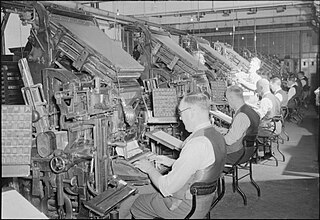
The history of British newspapers begins in the 17th century with the emergence of regular publications covering news and gossip. The relaxation of government censorship in the late 17th century led to a rise in publications, which in turn led to an increase in regulation throughout the 18th century. The Times began publication in 1785 and became the leading newspaper of the early 19th century, before the lifting of taxes on newspapers and technological innovations led to a boom in newspaper publishing in the late 19th century. Mass education and increasing affluence led to new papers such as the Daily Mail emerging at the end of the 19th century, aimed at lower middle-class readers.
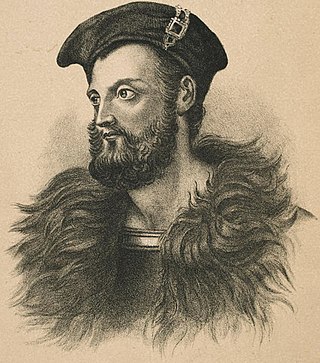
Owen Roe O'Neill was a Gaelic Irish soldier and one of the most famous of the O'Neill dynasty of Ulster. O'Neill left Ireland at a young age and spent most of his life as a mercenary in the Spanish Army serving against the Dutch in Flanders during the Eighty Years' War. After the Irish Rebellion of 1641, O'Neill returned and took command of the Irish Confederate Ulster Army. He is known for his victory at the Battle of Benburb in 1646.

The Irish Confederate Wars, also called the Eleven Years' War, took place in Ireland between 1641 and 1653. It was the Irish theatre of the Wars of the Three Kingdoms, a series of civil wars in the kingdoms of Ireland, England and Scotland – all ruled by Charles I. The conflict had political, religious and ethnic aspects and was fought over governance, land ownership, religious freedom and religious discrimination. The main issues were whether Irish Catholics or British Protestants held most political power and owned most of the land, and whether Ireland would be a self-governing kingdom under Charles I or subordinate to the parliament in England. It was the most destructive conflict in Irish history and caused 200,000–600,000 deaths from fighting as well as war-related famine and disease.

The Wars of the Three Kingdoms, sometimes known as the British Civil Wars, were a series of intertwined conflicts fought between 1639 and 1653 in the kingdoms of England, Scotland and Ireland, then separate entities united in a personal union under Charles I. They include the 1639 to 1640 Bishops' Wars, the First and Second English Civil Wars, the Irish Confederate Wars, the Cromwellian conquest of Ireland and the Anglo-Scottish war (1650–1652). They resulted in victory for the Parliamentarian army, the execution of Charles I, the abolition of monarchy, and founding of the Commonwealth of England, a unitary state which controlled the British Isles until the Stuart Restoration in 1660.

Sir Phelim Roe O'Neill of Kinard was an Irish politician and soldier who started the Irish rebellion in Ulster on 23 October 1641. He joined the Irish Catholic Confederation in 1642 and fought in the Wars of the Three Kingdoms under his cousin, Owen Roe O'Neill, in the Confederate Ulster Army. After the Cromwellian conquest of Ireland O’Neill went into hiding but was captured, tried and executed in 1653.

The Cromwellian conquest of Ireland or Cromwellian war in Ireland (1649–1653) was the re-conquest of Ireland by the forces of the English Parliament, led by Oliver Cromwell, during the Wars of the Three Kingdoms. Cromwell invaded Ireland with the New Model Army on behalf of England's Rump Parliament in August 1649.

Gilbert Mabbot, alternately Mabbott, was the official licenser of the press from 1647 to 1649 and himself a pioneering journalist and publisher of newsbooks during the English Civil War period.

Ireland during the period of 1536–1691 saw the first full conquest of the island by England and its colonization with mostly Protestant settlers from Great Britain. This would eventually establish two central themes in future Irish history: subordination of the country to London-based governments and sectarian animosity between Catholics and Protestants. The period saw Irish society outside of the Pale transform from a locally driven, intertribal, clan-based Gaelic structure to a centralised, monarchical, state-governed society, similar to those found elsewhere in Europe. The period is bounded by the dates 1536, when King Henry VIII deposed the FitzGerald dynasty as Lords Deputies of Ireland, and 1691, when the Catholic Jacobites surrendered at Limerick, thus confirming Protestant dominance in Ireland. This is sometimes called the early modern period.
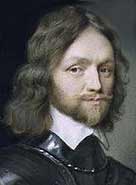

Johann Carolus was a German publisher of the first newspaper, called Relation aller Fürnemmen und gedenckwürdigen Historien. The Relation is recognised by the World Association of Newspapers, as well as many authors, as the world's first newspaper.
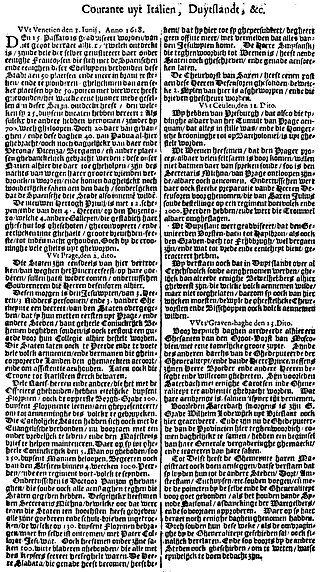
Courante uyt Italien, Duytslandt, &c. was the first Dutch newspaper. It began appearing in Amsterdam in June 1618 and was a regular weekly publication. The Courante can be called the first broadsheet paper, because it was issued in folio-size. Before this, news periodicals had been pamphlets in quarto-size.
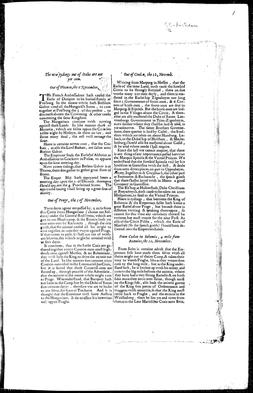
Corantos were early informational broadsheets, precursors to newspapers. Beginning around the 14th century, a system developed where letters of news and philosophical discussion would be sent to a central collecting point to be bundled and sent around to the various correspondents. The banking house of Fugger had an organized system of collecting and routing these letters, which often could be seen by outsiders. This system would not die until the 18th century. The term "newspaper" was not coined till 1670. Prior to this, a welter of terms were used to describe this genre, including "paper", "newsbook", "pamphlet", "broadsheet", and "coranto".

Nathaniel Butter was a London publisher of the early 17th century. As the publisher of the first edition of Shakespeare's King Lear in 1608, he has also been regarded as one of the first publishers of a newspaper in English.

Henry Scobell was an English Parliamentary official, and editor of official publications. He was clerk to the Long Parliament, and wrote on parliamentary procedure and precedents.

Sir George Wharton, 1st Baronet was an English military officer, astrologer and poet who served as Treasurer of the Ordnance from 1670 to 1681.

Mercurius Aulicus was one of the "most important early newspapers" in England, famous during the English Civil War for its role in Royalist propaganda.

John Hall (1627–1656), also known as John Hall of Durham, was an English poet, essayist and pamphleteer of the Commonwealth period. After a short period of adulation at university, he became a writer in the Parliamentary cause and Hartlib Circle member.
The history of journalism in the United Kingdom includes the gathering and transmitting of news, spans the growth of technology and trade, marked by the advent of specialised techniques for gathering and disseminating information on a regular basis. In the analysis of historians, it involves the steady increase of the scope of news available to us and the speed with which it is transmitted.
Elizabeth Alkin was a publisher, nurse and spy for the Parliamentarian forces during the English Civil War. Among the many derogatory names she was called by royalist sympathisers, that of Parliament Joan is one by which she is also commonly known.
Berkenhead, Dillingham, Audley, Nedham, Smith, Rushworth and Border. The Cambridge History of English and American Literature in 18 Volumes (1907–21). Volume VII. Cavalier and Puritan., XV. The Beginnings of English Journalism.{{cite book}}: CS1 maint: multiple names: authors list (link)